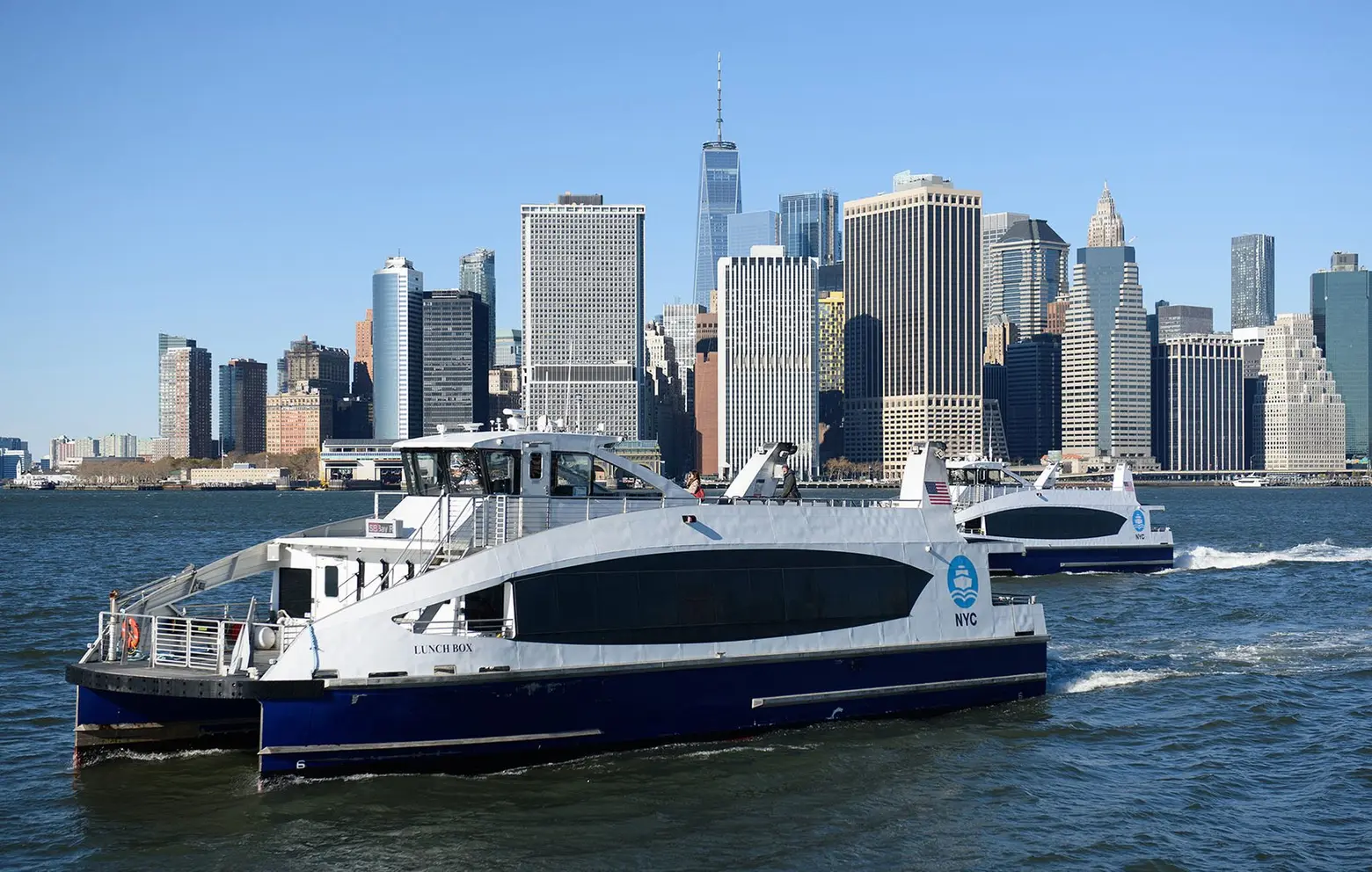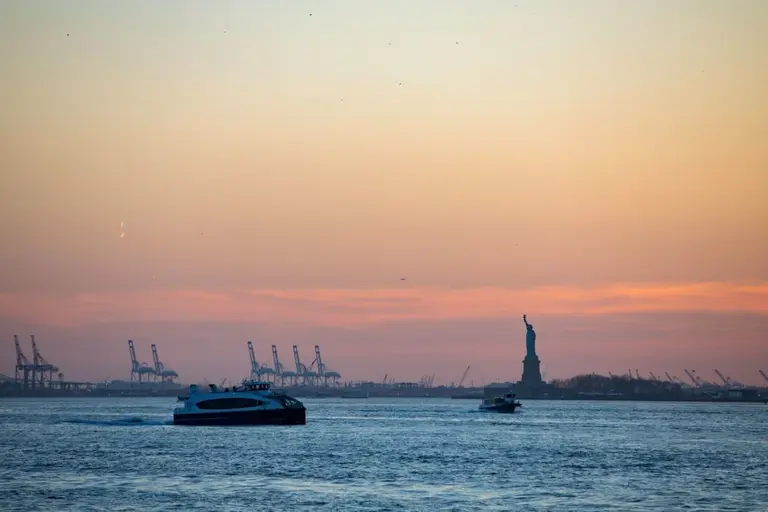NYC Ferry gets a $10.37 per ride subsidy despite fewer annual riders than the subway has in a day

Via NYC Ferry
According to a report from the Citizens Budget Commission (CBC) “Swimming in Subsidies,” the three-year-old NYC Ferry transports fewer people in a year than the city’s subway moves in a day. But at about $10.37 per rider, the ferry’s operating subsidy is 10 times that of the New York City Transit system. And an expansion of the system was recently announced that will mean even higher public subsidies–as much as $24.75 per ride for the Coney Island route. Why the steep subsidies? First, operating costs are high due to long routes and leisure-oriented ridership. And revenue is low because fares are tied to subway and bus fares.
NYC Ferry, launched three years ago, moves more than 4 million passengers a year over six routes. Unlike the Staten Island Ferry which is operated by the New York City Department of Transportation (DOT), NYC Ferry is a public-private partnership with the San Francisco-based Hornblower ferry company; the ferry is managed by the city’s Economic Development Corporation (EDC). The mayor pledged that fares would be set at $2.75 per ride and that the city would compensate Hornblower for its operating costs and a management fee.
In its first year NYC Ferry was one of the region’s most heavily subsidized transit services. That $10.73 per ride subsidy is twice that of the Staten Island Ferry and five times more than the East River Ferry before it was integrated into NYC Ferry, and notably higher than the subway, rail, and bus services. The per-ride subsidy may decline as operating costs stabilize and ridership grows, though according to CBC the service would continue to need a greater subsidy than other types of transit.
The new report has led the organization to suggest that city officials should evaluate options that would lower the level of public subsidies–currently second only to the MTA’s express bus service with an $11.79 per rider subsidy–and “consider whether alternative uses would meet the city’s transportation needs more efficiently and more effectively.”
RELATED:


























